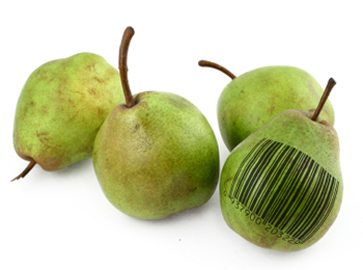
Why switch to organic?
If you find yourself standing in the produce aisle, trying to decide between the organic apples and the non-organic apples, consider this: while your “regular” apples might be less expensive, they can carry a hefty environmental and social price tag.
“Agriculture has a huge environmental footprint,” says Laura Telford, national director of Canadian Organic Growers. “Getting things to market quickly can mean ignoring the environmental and social costs. These things will add up and have an huge impact on our health.”
Here’s how you can make the switch to organic, without breaking the bank.
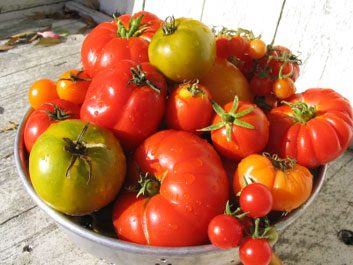
1. Grow your own food
“The best thing you can do is to develop a relationship with food and growing,” says Telford. Whether you’re growing herbs on your kitchen counter or heirloom tomatoes in your backyard, growing your own food can help you develop better eating habits and make you think of food in a new way. It doesn’t cost much to bring home a few seeds and some soil, and you’ll have the satisfaction of putting together a great meal with fresh, pesticide-free ingredients from your own garden.
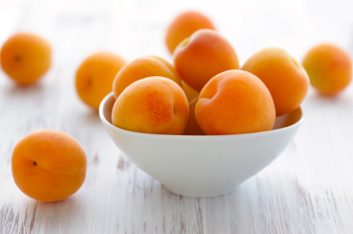
2. Buy produce in season
Have you ever noticed that the box of strawberries sitting in your grocery store in the middle of February is more expensive than it was last July? Eating with the seasons can help shave money off your food bill. “Fruits and vegetables are a big entry point for people who are starting to buy organic, because they’re relatively inexpensive and often local,” says Telford. The farmers’ market is a great resource for finding fresh, seasonal produce. To make sure that what you’re buying is organic, don’t be afraid to ask the farmer for proof of organic certification, if it’s not already on display. “Any organic farmer will not be shy about showing you that certificate,” says Telford. Scope out different vendors for the best quality and price.

3. Go right to the source
Organic fruits and vegetables may be a budget-friendly first step, but making the switch to organic meat will cost you. “Meat is by far the most expensive thing,” says Telford. However, she points out that buying directly from a farmer is often the most economical choice. Buying your meat in bulk gives you the opportunity to stock your freezer with a variety of pre-packaged cuts, which is not only cost-effective, but also convenient for planning your weekly dinner menu.
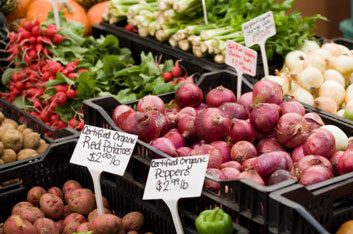
4. Have your food delivered
Organic food delivery services are gaining popularity thanks to their convenience and affordability. Vancouver-based Green Earth Organics-which also serves Toronto and Muskoka-is one delivery service that offers weekly and bi-weekly deliveries of organic fruit and vegetable boxes (as well as other organic products) that you can customize to suit your family’s tastes. Delivery services are a great option for time-crunched individuals and as a bonus, can introduce you to new produce that you may have overlooked at your grocery store in the past. A quick Internet search can help you find a service in your area.
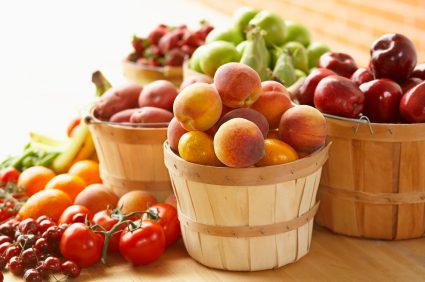
5. Take it one step at a time
Making the decision to switch to organic food doesn’t necessarily mean that you have to re-stock your entire kitchen all at once. You may decide to start simply by swapping high-pesticide foods for their organic counterparts. The U.S. Environmental Working Group has listed celery, peaches, strawberries, apples and blueberries at the top of their high-pesticide “dirty dozen” list, while onions, avocados and sweet corn were found to have very little pesticides.
While going organic does involve a certain level of financial sacrifice, Telford suggests looking at the bigger picture. “Food is part of our overall health,” she says. “We can’t afford to spend less on food.”
Related:
• Quiz: How much do you know about organic food?
• Does organic mean healthier?
• 5 habits for eco-friendly food shopping
